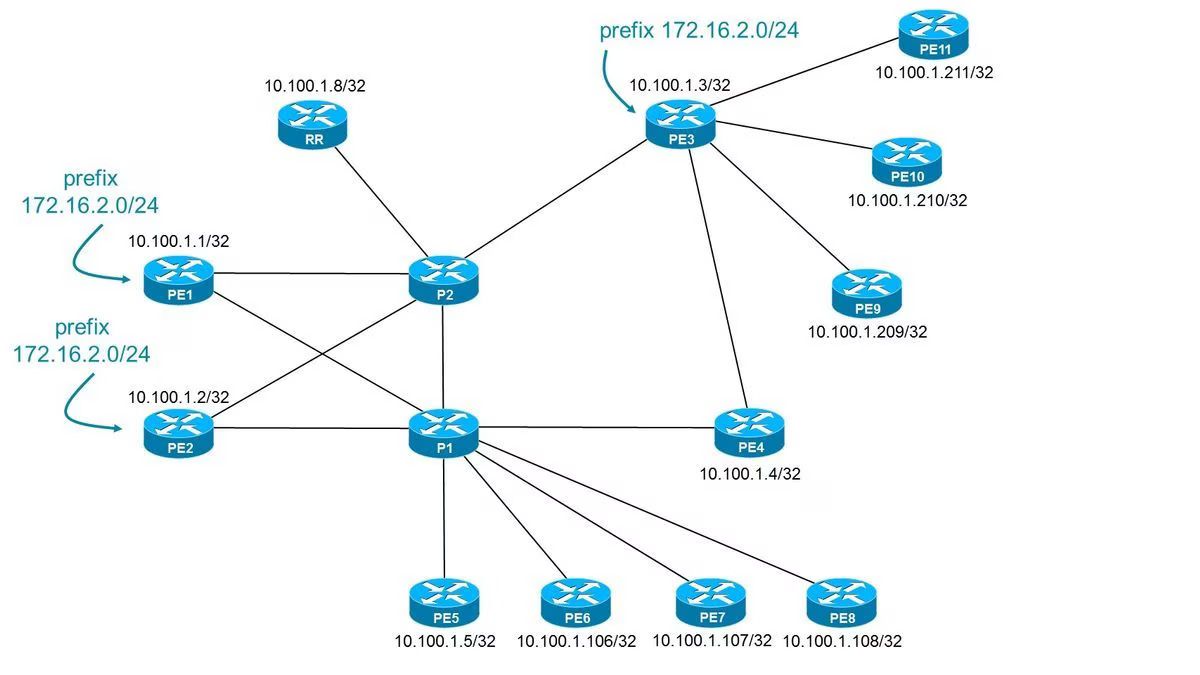Getting Started with BGP: A Beginner's Guide to Border Gateway Protocol
Learn about Border Gateway Protocol (BGP) and how it works in this beginner's guide. Discover its benefits, common use cases, and steps to get started.

Border Gateway Protocol (BGP) is a routing protocol that connects different networks on the internet. It's essential for the functioning of the internet and allows different networks to exchange information about the routes they use to reach each other.
If you're new to BGP, you might be wondering how it works and what its benefits are. In this article, we'll cover the basics of BGP, its common use cases, and steps to get started with it.
What is BGP?
BGP is a protocol used to exchange routing information between different networks on the internet. It allows different networks to advertise the routes they use to reach other networks and to learn about the routes used by other networks. BGP is used by internet service providers (ISPs), content providers, and enterprises to connect their networks to the internet.
Benefits of BGP
BGP has several benefits, including:
- Scalability: BGP is designed to handle a large number of networks and routes, making it scalable for the internet.
- Reliability: BGP is a reliable protocol that can handle changes in network topology and traffic.
- Redundancy: BGP provides redundancy by allowing multiple paths to reach a destination network.
- Control: BGP provides control over routing policies, allowing network administrators to influence the path traffic takes through their network.
Common Use Cases for BGP
BGP is used in several scenarios, including:
- Multihoming: BGP is used by organizations that connect to multiple ISPs to provide redundancy and load balancing.
- Internet Service Providers: BGP is used by ISPs to exchange routing information with other ISPs and to advertise the routes they use to reach their customers.
- Content Providers: BGP is used by content providers to distribute traffic across multiple data centers and to provide redundancy.
Getting Started with BGP
Here are the basic steps to get started with BGP:
- Obtain an Autonomous System Number (ASN) from your Regional Internet Registry (RIR).
- Configure BGP on your router(s) and establish BGP peering with your ISP(s).
- Advertise your network(s) to your ISP(s) using BGP.
- Monitor your BGP sessions and routes to ensure they are functioning correctly.
In conclusion, BGP is a crucial protocol for the internet and is used by organizations of all sizes to connect their networks to the internet. With this beginner's guide, you should now have a better understanding of BGP, its benefits, common use cases, and steps to get started.
Need a peering partner to fulfill your RIR's requirements for obtaining an ASN? Sign up for an Ottawa KVM VPS and utilize us as a peering partner today!
